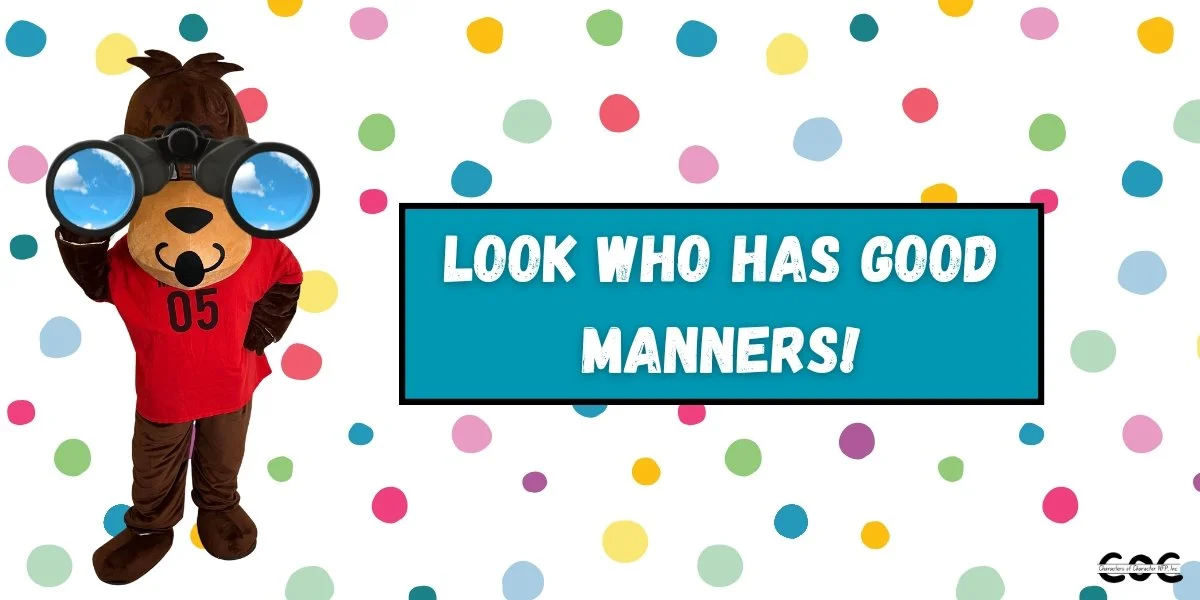Using Positive Reinforcement To Encourage Good Manners
Manners Monkey teaches children what being polite means and how to display good manners in every situation from home to play, and everywhere in between.
Manners Monkey was created to be used as a tool and resource for teacher, educators, parents, guardians, etc. to help children understand, internalize and portray what it means to have good manners.
The free Manners Monkey downloadable resource you’ll find below is fairly simple, but we wanted to take a few moments to encourage you to really consider using positive reinforcements to help children understand, internalize, and portray what it means to have good manners.
Every child learns differently and it is always important to adapt and adjust to the ways that your children or students understand.
One simply way to encourage good manners it to use a sticker chart. Your stick chart can be as simple or as detailed as you choose it to be. You can draw a few lines on a piece of paper to create a list of what good manners look like. Each time your child portrays that trait allow them to draw a star (or put a sticker) on their chart next to the line. Tracking the type of good manners being used will also help you and your child reflect on where they may need a little extra encouragement.
You may want to take a few minutes with your children to go over what it means to have good manners and create the chart based on what gestures you want to encourage with your children. For example, if you would like to encourage better table manners you might focus more on the chart rather than a gesture like holding open the door for someone. While both are important, not every example will fit on your sticker chart so you may need to only choose a few.
You can choose to offer a prize of sorts (like ice cream for dessert one night), but most children are looking for recognition. Give them a little extra praise, a high five, a hug, etc. when they add something to their chart - a small gesture can make a huge impact!
Check out Miss Joni’s suggestion for the classroom in the YouTube video below.
What does using good manners look like? It is always important to have a discussion, whether in a classroom setting or one-on-one at home, to help children understand what it means. You can say ‘use your manners!’ until you are blue in the face, but if a child doesn’t know what manners are or rather what is expected of them to show good manners you’ll only be wasting your energy.
Take a few moments to lay out the groundwork. Does behaving mean you have good manners? What are some polite words? If you do not greet someone, is that considered rude? This is a great opportunity to talk about manners in all different types of environments. After you have a short discussion, take our free printable and encourage the child or student to draw either a person they saw using good manners or the act itself. They can even use the binoculars to write polite words in the lenses - let their imagination run wild.
Click the image above or click here to download your free Manners Monkey coloring page.


